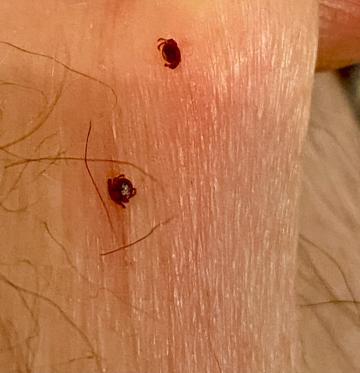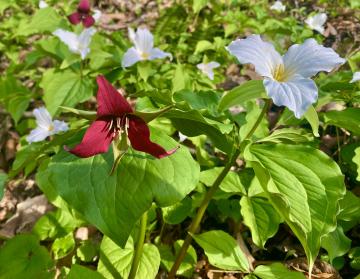The Extending Tick Season
Since I’m in the woods a lot it’s reasonable to assume that I would have more ticks get on board and use me as a meal. But the past couple of winters I have pulled ticks off every month of the year, including the winter months when they are normally dormant. That’s not right people! All of my bites have been deer tick, smaller and harder to see and feel crawling around. Now that your family is outside more with the warming weather, best start body checking yourself and the kids. Since it’s good to know your enemy, here is a rundown on the tick lifestyle.
- Read more about The Extending Tick Season
- Log in to post comments









